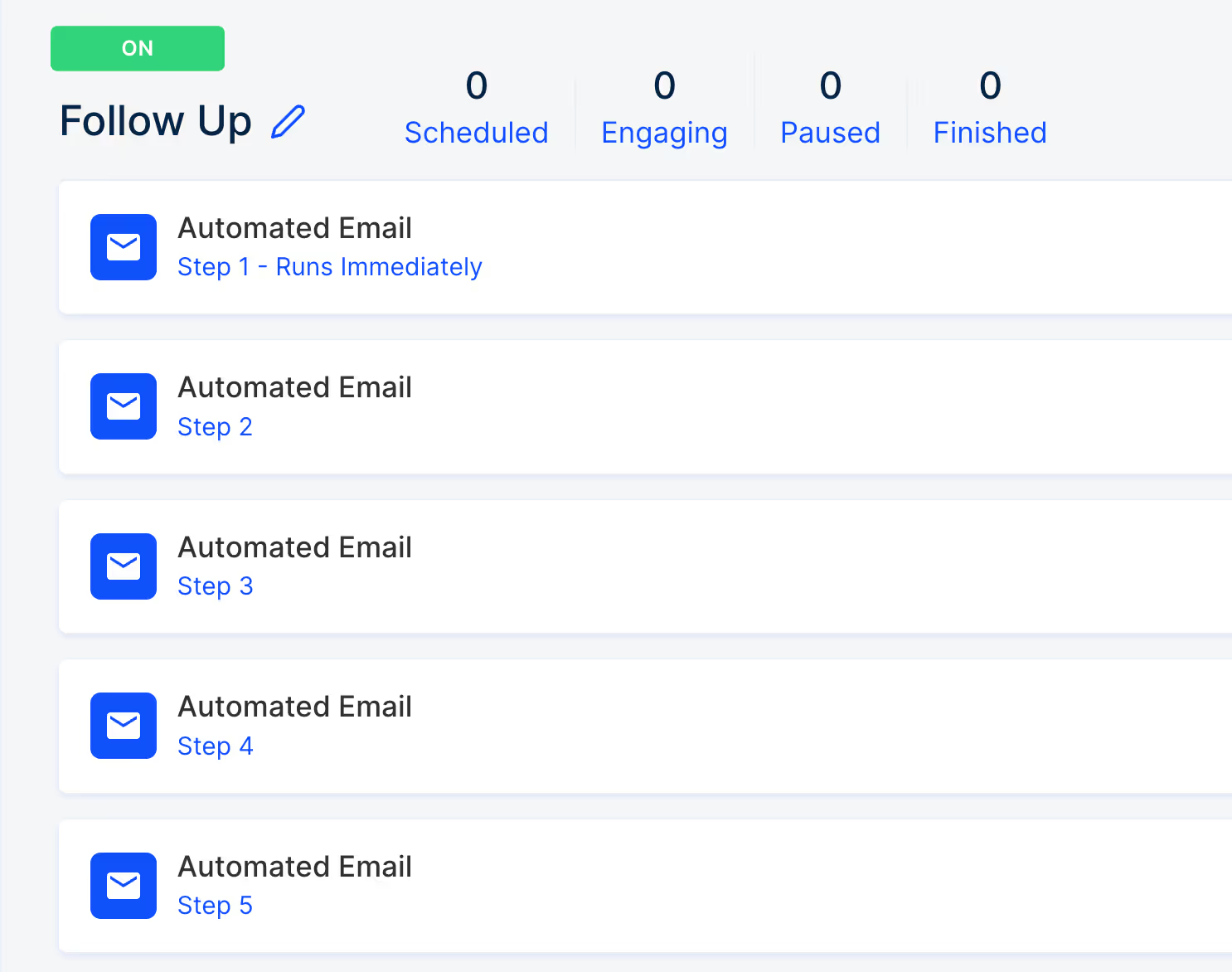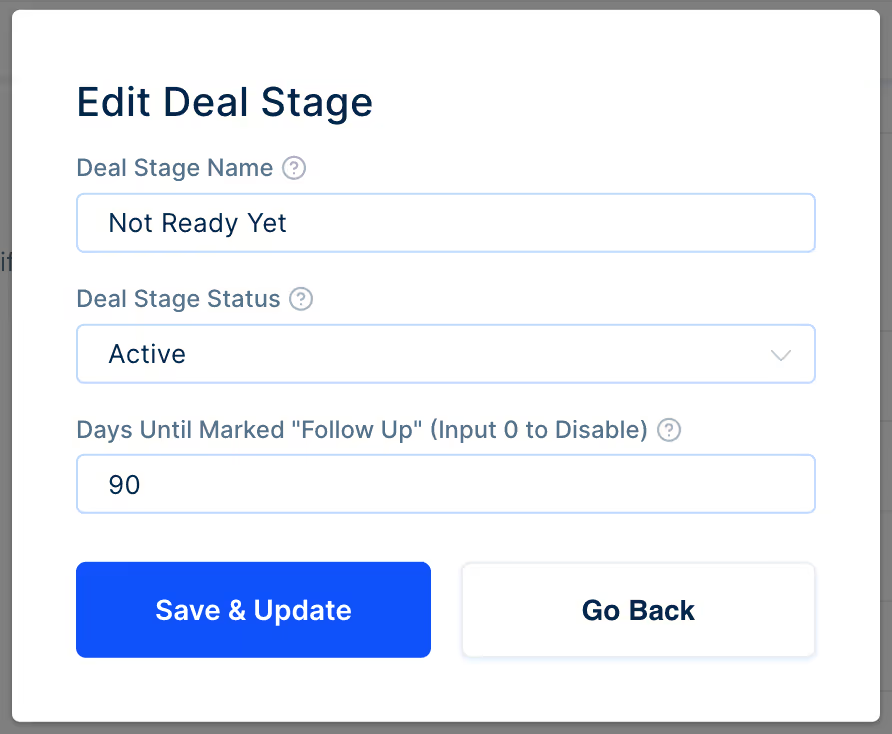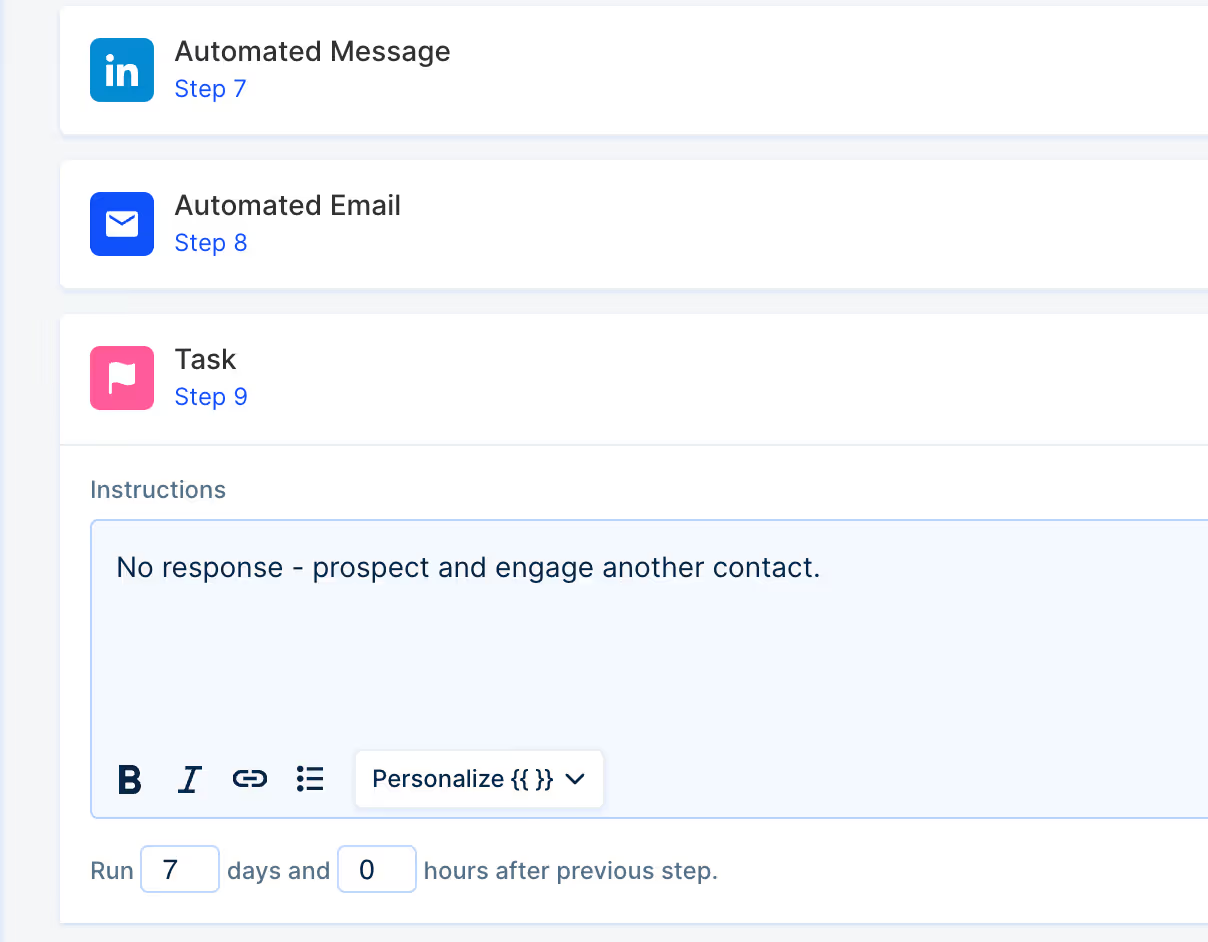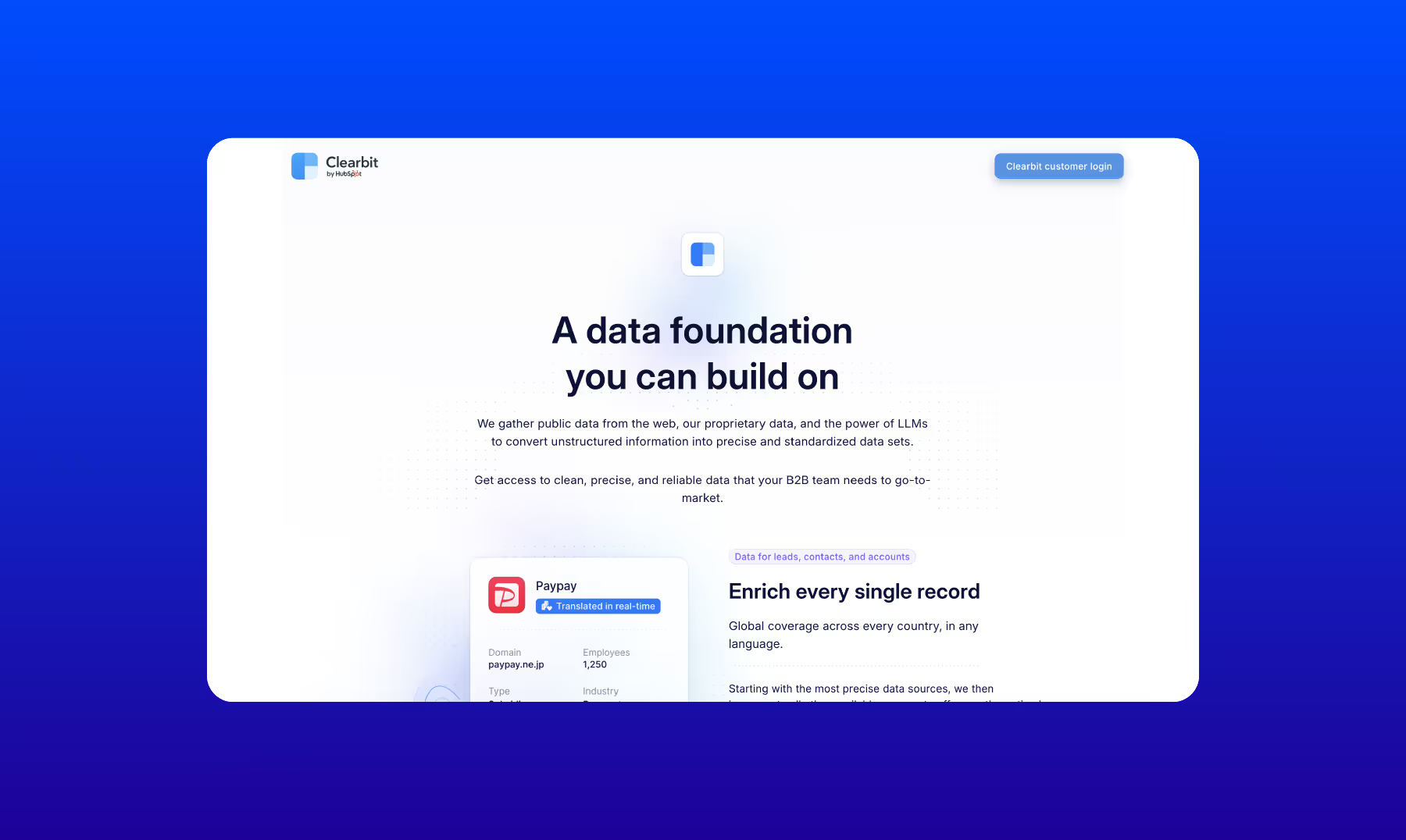Sales is Complex, Here’s How to Make it Easy.


Most sales teams make sales far more complicated than it really needs to be, and there are a lot of downsides to this.
Beyond just making it more difficult to learn, it will actually slow down your team and require a lot more energy in your day-to-day sales motion.
To ensure you don't end up like this, let's run through some strategies to make sales as simple and stress-free as possible.
Before we get started
Before we get started, it's important to understand that not everything listed in this article is possible with all sales tools.
For example, if you're using a tool like Salesforce, you may need additional software applications to incorporate most of these tactics.
With that said, make sure you select a vertical sales tool like LeadLoft so your team has access to all the features they need to incorporate the tactics mentioned below.
Follow Up with Playbooks
One of the hardest aspects of any sales process is following up, especially if you're in a high-velocity sales team handling a large volume of calls daily. One of my favorite tactics to simplify this is to follow up meetings with Playbooks. If you don't know what a playbook is, here's a quick example of what they look like in LeadLoft:

A playbook allows you to automate emails, LinkedIn messages, and automatically shows tasks when you need them. The tip we recommend is, after a sales call or meeting, to simply enroll the contact you met with into a playbook. This will automatically send the initial follow-up email, including attachments and instructions to get started, making it really simple to follow up after your call.
What's even more incredible is that this playbook will automatically follow up if you don't receive responses. This means you can automatically check in with that contact to see if they have any questions or if they'd like to book another call with you.
This is actually one of my favorite tactics that we use internally here at LeadLoft, and it's almost impossible to express how much time it saves me every single day.
Use the “Not Ready Yet” Deal Stage
The next strategy that I absolutely love is the “Not Ready Yet” Deal Stage. If you're setting this up in LeadLoft, we recommend marking them for follow-up 90 days later in the “Pipeline Settings.” Just like this:

This stage is for anyone who has shown interest but meets one of these criteria:
- Not ready to start
- Expressed interest but disappeared
- Needed a missing feature
When you encounter a customer who fits one of these criteria, update their Deal Stage to “Not Ready Yet.” This ensures that after 90 days, these deals will be marked as “Follow Up” in LeadLoft.
Finally, create a Quick View for all deals in the “Not Ready Yet” Deal Stage marked “Follow Up”. Here are the filters you can apply to create the Quick View:

From here, just check this quick View regularly and be sure to engage anybody marked “Not Ready Yet” with a follow-up Playbook with 3-4 emails checking back on their interest.
This is easily one of the most valuable audiences you will have in your CRM, I even tend to call it a "Gold Mine". So, be sure to take note and implement this strategy as soon as you begin selling!
Prospect New Contacts as a Last Resort
The final step in this process is crucial for outbound sales. While it may not simplify your sales process, it will significantly increase its effectiveness.
Most sales teams using outbound sales adopt a "spray and pray" approach. This typically involves reaching out to a single contact at many companies, hoping for a response. If they don’t get a reply, the company is often marked as "Not Interested" or "No Response."
However, if you're executing sales correctly, you understand the value of your ideal customer profile and how limited that audience can be. You don't want to dismiss an entire company just because one contact didn't respond.
This brings us to the final tip: prospecting new contacts as a last resort.
What does this mean?
After exhausting all outreach steps with a single contact, your last step should be to prospect and engage a new contact at the same company.
If you're using LeadLoft, you can easily prospect a new contact using our LinkedIn Chrome Extension here.
Here's how it should look in your playbook:

By doing this, you avoid giving up on a company too soon and continue to engage them, increasing your chances of booking a meeting with someone on their team. While this approach requires more effort, it significantly reduces the need for constant prospecting because each lead remains active through continuous engagement.
Wrapping up
At the end of the day, cells can be as complex or quite simple. It really just depends if you're willing to spend 30 minutes one time to save yourself hours every day.
And hopefully you found a lot of these tips helpful, and of course, if you have any questions feel free to reach out to our team. We love helping sales teams scale so feel free to book a time with us!






